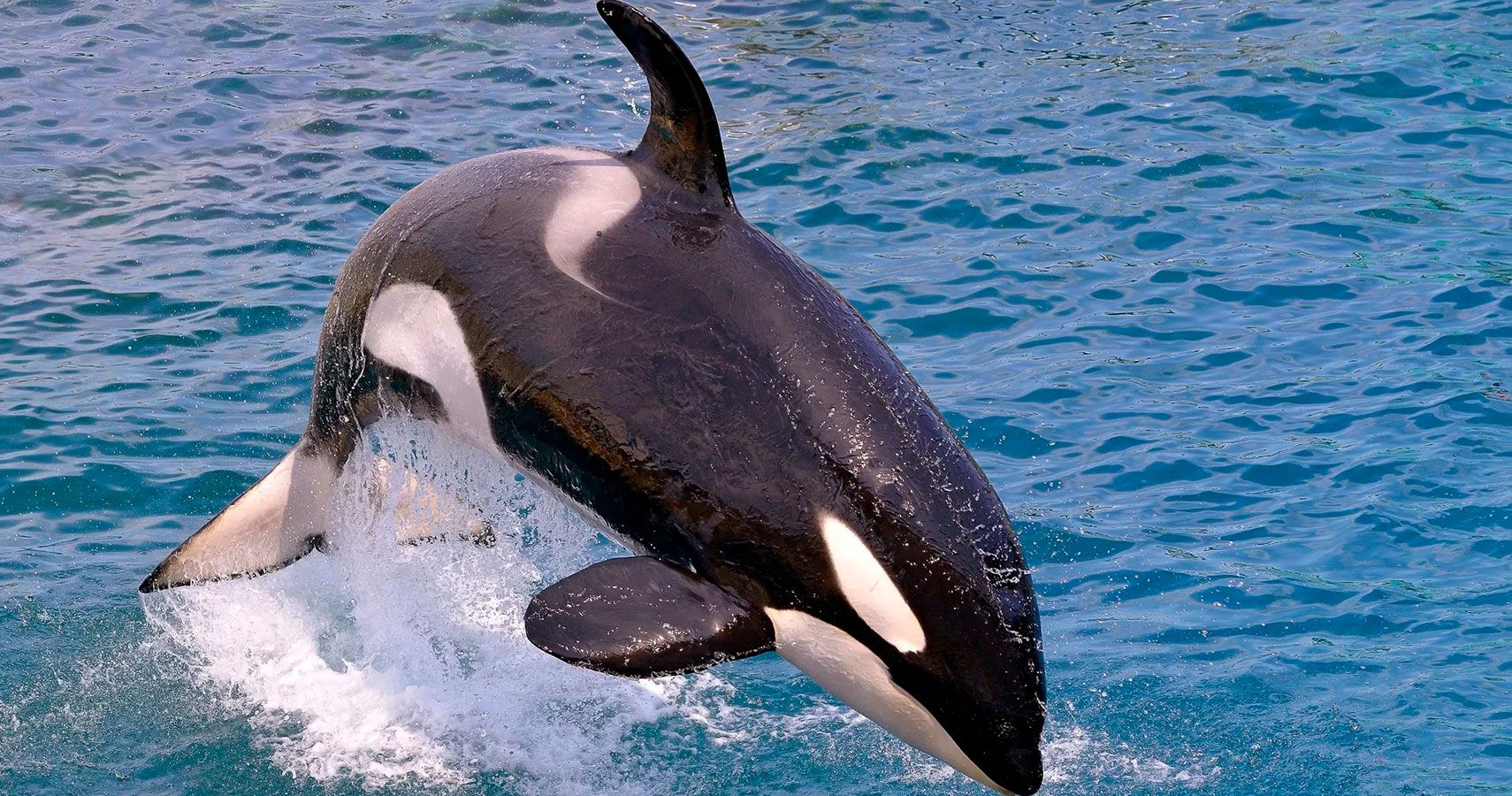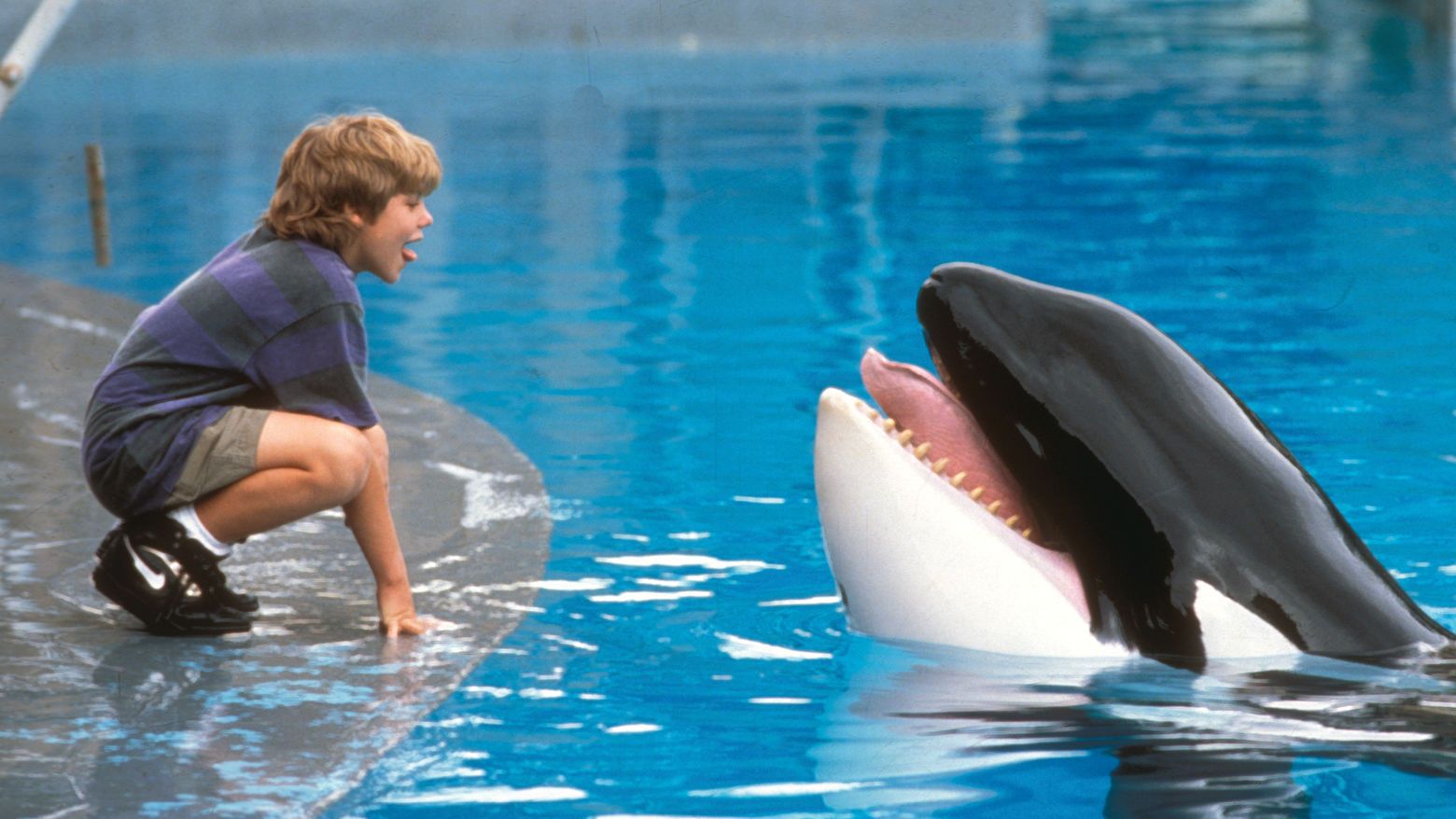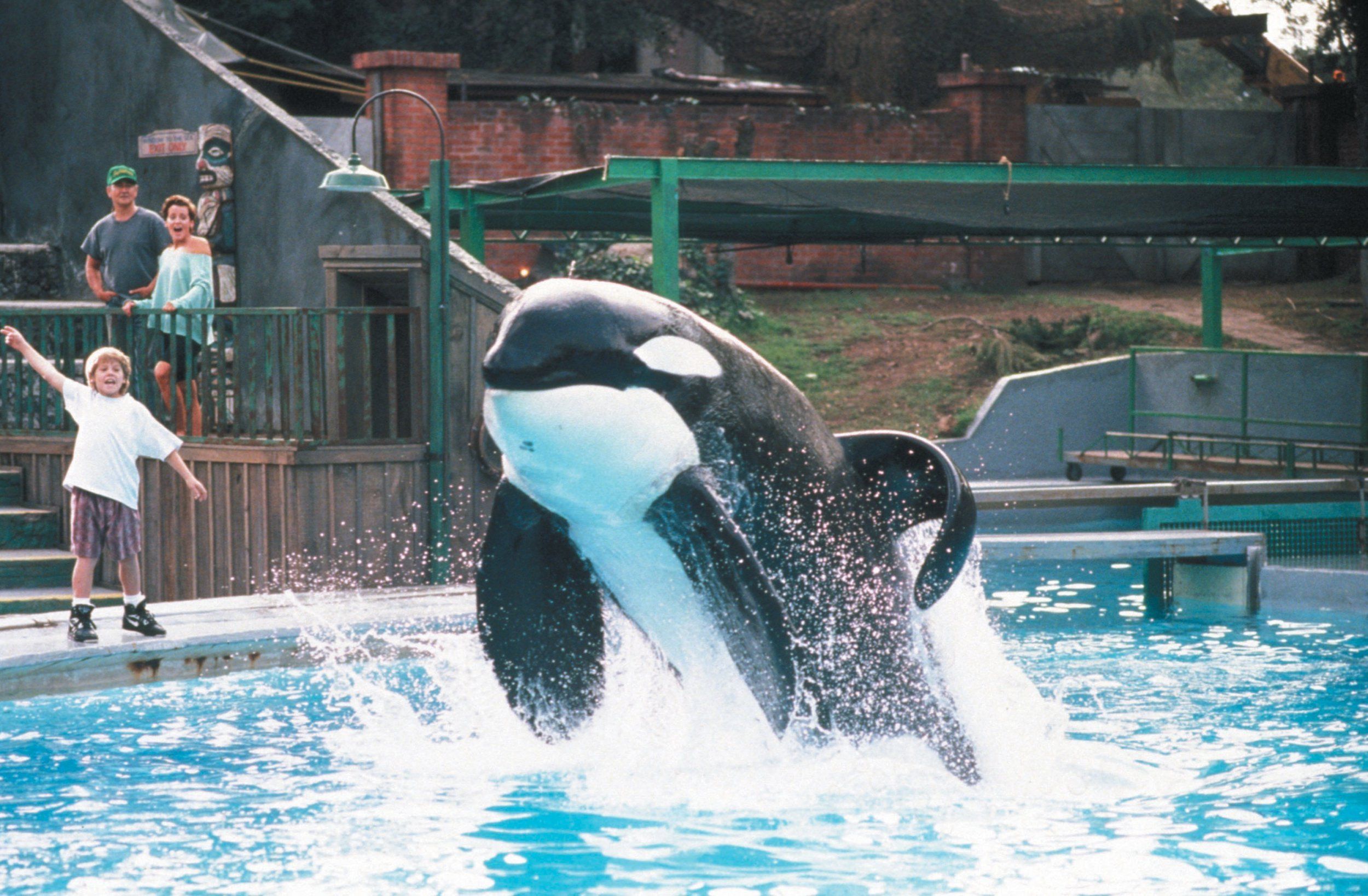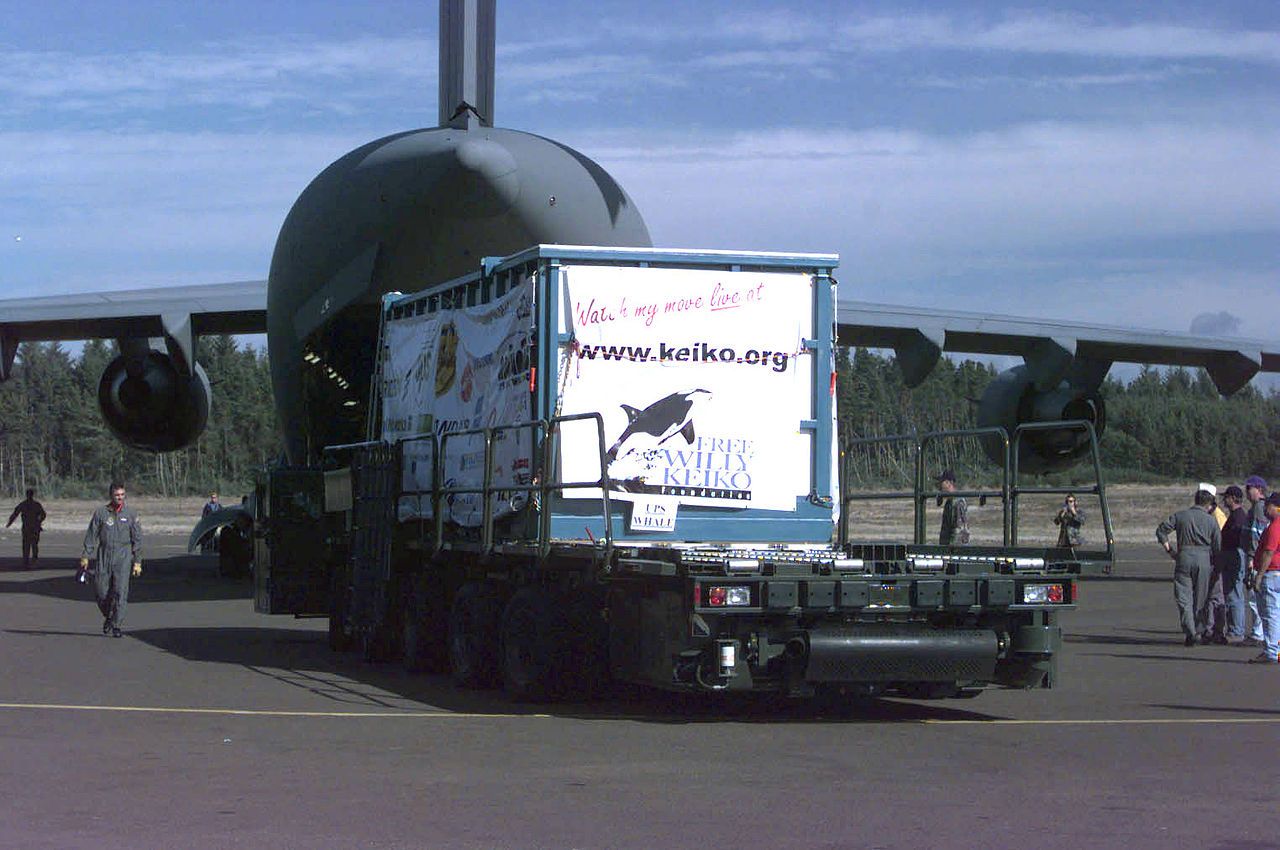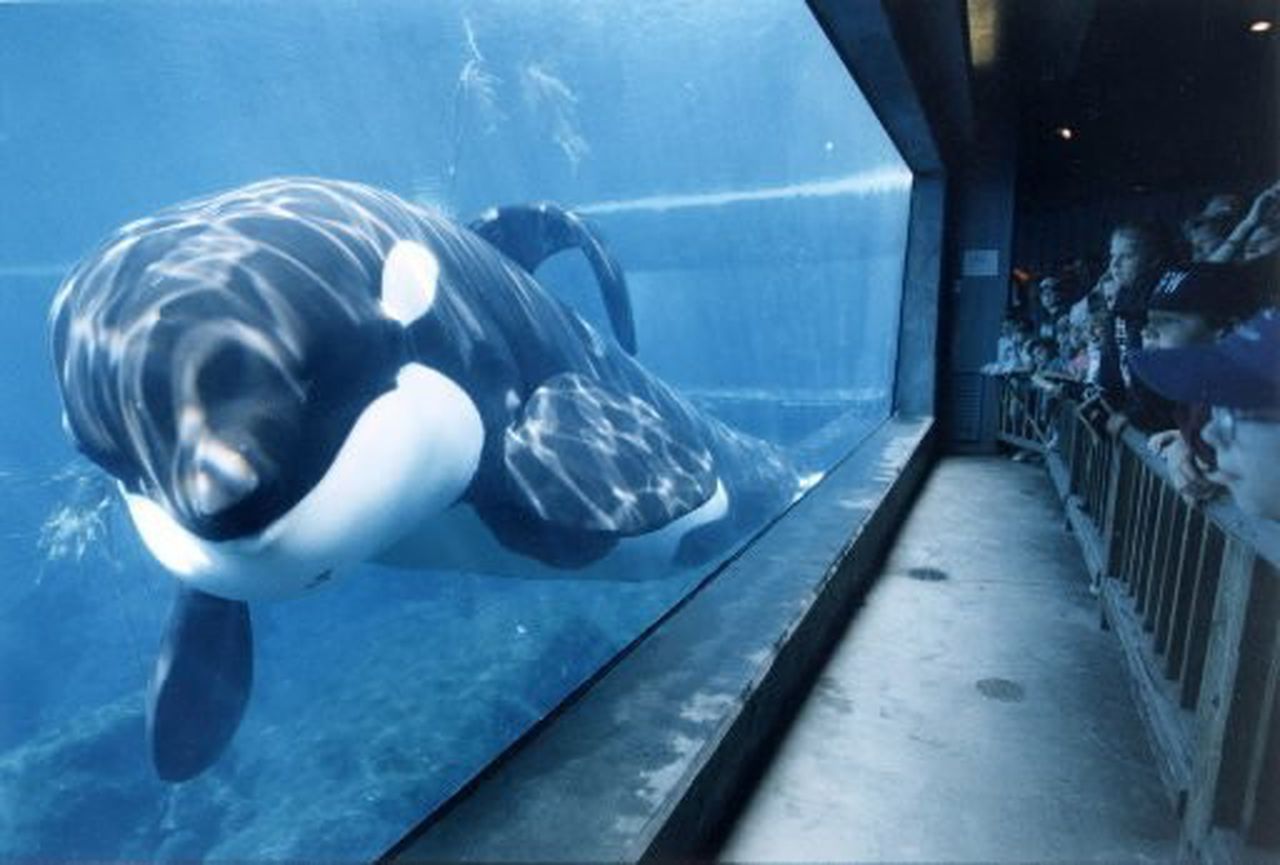2021 will be the proposed opening of a brand-new sanctuary for dolphins and whales in Nova Scotia, Canada. It took nearly 30 years, but we are finally ready to ‘Free Willy’. The problem is: Willy’s dead.
What many thought was a romantic Hollywood ending back in the 90s turned out to be anything but. After Free Willy was released in 1993, the “free the whales” movement hit peak insanity, and it seemed release had gained momentum. Unfortunately, it wasn’t that simple. Audiences learned that post-filming, “Willy”, real name Keiko, had been sent straight back to captivity, and children around the world demanded that Keiko be set free. But in the dark world of the captive marine mammal industry, nothing would be that simple.
Willy, AKA Keiko was captured near Reyðarfjörður, Iceland in 1979 and sold to the Icelandic aquarium in Hafnarfjörður. But after his first few years in captivity, he was sold to the notorious Marineland in Niagara Falls, Ontario, Canada. Almost immediately he fell into poor health and was reportedly bullied by the other orcas (common in captivity due to confined spaces). In 1985, he was sold to Reino Aventura (now named Six Flags Mexico), an amusement park in Mexico City, where he was finally given the name “Keiko”, and confined to a smaller tank originally intended for dolphins.
Fast-forward five years later and Hollywood producers were looking for the star of their next big film. Originally producers had hoped to make the film with the help of Seaworld, but when the infamous company found out the whale would be set free at the end of the film, they weren’t happy and parted ways. It seemed their idea of a fitting end to a film named Free Willy was for him to end up in Seaworld.
When executives finally happened upon Keiko in Reino Aventura, he was worse for wear. With skin lesions and extreme lethargy, a lot of work was needed to rehabilitate the animal. After the film was released, Keiko was sent back to the Mexican park, but by now the whale was 21 feet (6.4 m) long in a pool that was only 22 feet (6.71 meters) deep.
Luckily the film garnered widespread attention and sympathy for Keiko worldwide, including the interests of a billionaire and cellular mobile pioneer, Craig McCaw, and along with Warner Brothers, they set up the ‘Free Willy Keiko Foundation’ in 1995. The message was clear — children worldwide wanted to literally free Willy. After choosing the Oregon Coast Aquarium shortly thereafter, the foundation spent seven million constructing a rehabilitation tank to help train him for release in the wild.
Within a matter of days, Keiko’s health had improved and the whale put on an additional 10,000 pounds (4.54 ton) in his new two million gallon filled home. But the road to releasing the whale was going to be a bumpy one. The aquarium industry asserted that years of living in captivity would not make him an ideal candidate for release (though one could argue a wild animal is not an ideal candidate for captivity).
Rumors started to fly that the staff at the Oregon Coast (who were largely former SeaWorld employees) were back-peddling his progress by insisting on unnecessary human interaction and hand-feeding. If Keiko’s release was deemed a success, the case could be made for releasing all captive whales. If the project were considered a failure, the captive marine mammal industry would have an everlasting royal flush.
Three years later, the plan forged ahead though, despite numerous lapses in funds, the foundation was still able to fly the huge whale home back to Iceland. The plan was far from simple, however, because if they couldn’t get Keiko to merge with a pod, his chances at survival were looking slim.
After two years of taking Willy for ‘walks’ out in the peninsula, it was finally time to “Free Willy”. In 2002 after several deep dives away from the pen and human supervision, the organization said ‘goodbye’ to Keiko as he attempted to merge with a nearby pod. Things were looking fruitful for the project as Keiko began to travel the globe. But a year later, their worst fears were realized. Keiko had failed to integrate with a pod, and after months of failed foraging, had succumbed to pneumonia.
The failure sealed the deal for the captive marine mammal industry and used it as a warning and omen to ever freeing any Willies ever again. It wouldn’t be until a decade later when the Whale Sanctuary Project was able to reignite public interest in the ‘free the whales’ movement, and in 2019 finally got approvals to build the whale sanctuary in Nova Scotia.
While freeing Orcas may not be happening in the near future due to zoo and aquariums’ brute force in the industry, the Whale Sanctuary Project has acquired a number of marine mammals, namely belugas, to populate the Nova Scotia site in the near future. But who knows, as there are over sixty killer whales currently in aquariums around the world, and there’s always a chance there’s another Keiko waiting in the wings. Say what you will about the success of the real ‘Free Willy’, but for a short period of time, he was.
Next: Jason James Richter In The Spotlight Again As Free Willy Turns 25

